October is National Bullying Prevention Month
It is our duty as adults to help protect all children from bullying
This post may contain affiliate links. I may earn compensation when you click on the links; at no additional cost to you. Please see the disclosure policy for more information. All opinions expressed are my own.

What is bullying?
Bullying can be defined as unwanted, aggressive behavior among people that involves a real or perceived power imbalance. The behavior is repeated, or has the potential to be repeated over time. Both children who are bullied and those who bully others may have serious, lasting problems.
What are the different types of bullying?
There are four types of bullying:
Verbal bullying
Saying or writing mean things about others. Verbal bullying includes
- Teasing
- Name-calling
- Inappropriate comments
- Taunting
- Threatening to cause harm
Social bullying (sometimes referred to as relational bullying)
Hurting someone’s reputation or trying to ruin their relationships with others. Social bullying includes:
- Leaving someone out on purpose
- Telling other children not to be friends with someone
- Spreading rumors about someone
- Embarrassing someone in public
Physical bullying
Hurting a person’s body or their damaging their belongings. Physical bullying includes:
- Hitting/kicking/pinching
- Spitting
- Tripping/pushing
- Taking or breaking someone’s things
- Making mean or rude hand gestures
Cyberbullying
Takes place over digital devices like cell phones, computers, and tablets. Cyberbullying can occur through SMS, text, and apps; or online in social media or gaming forums where people view, participate in, or share content. Cyberbullying includes:
- Sending, posting or sharing negative content
- Sharing of personal information
- Sharing of private information
Related post: Tips to raise kind hearted, compassionate children
Ways to prevent bullying
Parents, teachers, neighbors, and family members have an important role to play in preventing bullying. They can:
Help kids understand bullying.
Talk about what bullying is and how to stand up to it safely. Children who know what bullying is can better identify it. They can talk about bullying if it happens to them or others. Tell children that bullying is unacceptable. Make sure they know how and where to get help.
- Encourage children to speak to adults if they are bullied or see others being bullied. Encourage the child to report bullying if it happens.
- Talk about how to stand up to children who bully. Give tips, like using humor and saying “stop” directly and confidently. Talk about what to do if those actions don’t work, like walking away.
- Talk about strategies for staying safe, such as staying near adults or groups of other children.
- Urge them to help children who are bullied by showing kindness or getting help.
Keep the lines of communication open.
Check in with your children often. Know their friends, ask about school, and understand their concerns. Research tells us that children really do look to parents and caregivers for advice and help on tough decisions. Sometimes spending 15 minutes a day talking can reassure children that they can talk to their parents if they have a problem.
Talking about bullying directly is an important step in understanding how the issue might be affecting children. Here are a few questions you can use to start the conversation about bullying:
- Have you ever felt scared to go to school because you were afraid of bullying? What ways have you tried to change it?
- Have you or your friends left other kids out on purpose? Do you think that was bullying? Why or why not?
- What do you usually do when you see bullying going on?
- Do you ever see kids at your school being bullied by other kids? How does it make you feel?
- Have you ever tried to help someone who is being bullied? What happened? What would you do if it happens again?
Encourage children to do what they love.
Help children take part in activities, interests, and hobbies they like. Activities like playing sports, singing in a chorus, or joining a youth group or school club give children a chance to have fun and meet others with the same interests. They help build confidence and friendships that help protect children from bullying.
Model how to treat others with kindness and respect.
Modeling how to treat others with kindness and respect goes a long way. Kids learn from adults’ actions. As adults, treating others with kindness and respect, show children that there is no place for bullying. Children take cues from the adults around them when it comes to how they treat and respect others.
Books to help teach and talk about bullying with children
To make it easier, I have broken down this book list into three parts. Books for preschool aged children & Kindergartners, elementary aged children, and additional book resources that can be helpful and useful.
For preschool aged children and Kindergartners
1. Bully Bug
2. Llama Llama and the Bully Goat
3. I Chose to Speak Up
4. I Can Stand up to Bullies
5. Stop Picking on Me-A First Look at Bullying
For elementary aged children
6. The No More Bullying Book for Kids
7. How I Beat My Bully
8. Weird!-A Story about Dealing with Bullying in Schools
9. Bully B. E. A. N. S.
10. The Bully Brigade
Related post: 65 confidence building affirmations for children
Additional book resources
Books that teach children how to be kind, empathetic, compassionate and accepting
How Full is Your Bucket? For Kids
Have You Filled a Bucket Today?
What is Empathy? A Bullying Storybook for Kids
365 of Kindness for Kids
Tiny Drops of Kindness-An Empathy Book for Kids to Make Them Compassionate
Kindness Makes Me Stronger
In conclusion
In the end, National Bullying Prevention is something that should not just be advocated for in one month. We as adults should be advocating and standing up for this cause all year long. I feel the more bullying is discussed and brought up, the more we can help children learn how to stand up against bullying and hopefully prevent at least one child from suffering from this horrendous act.
Until next time,

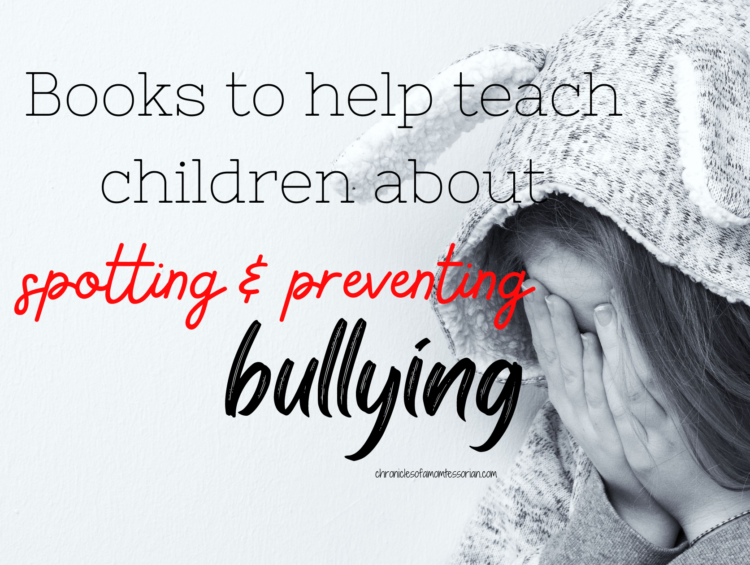
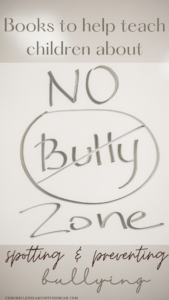
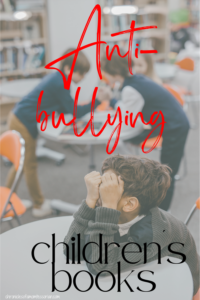
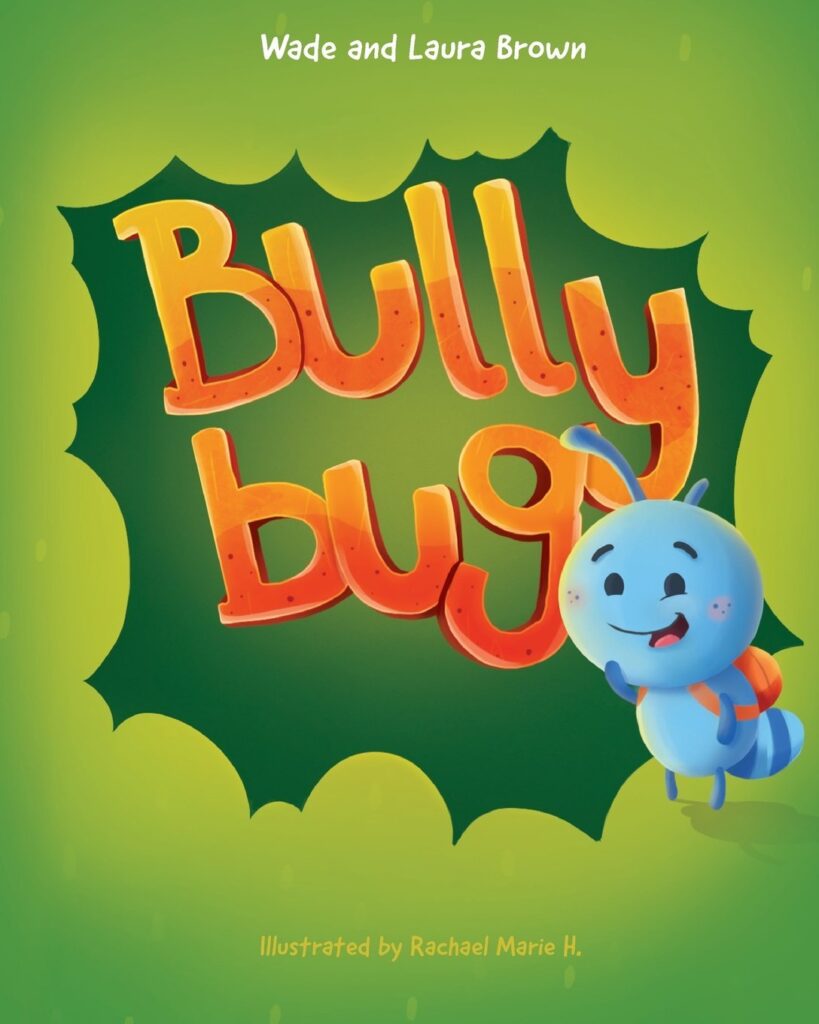

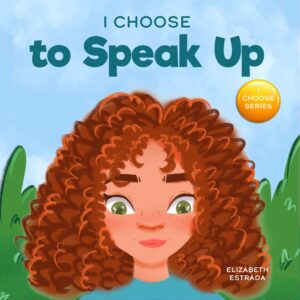
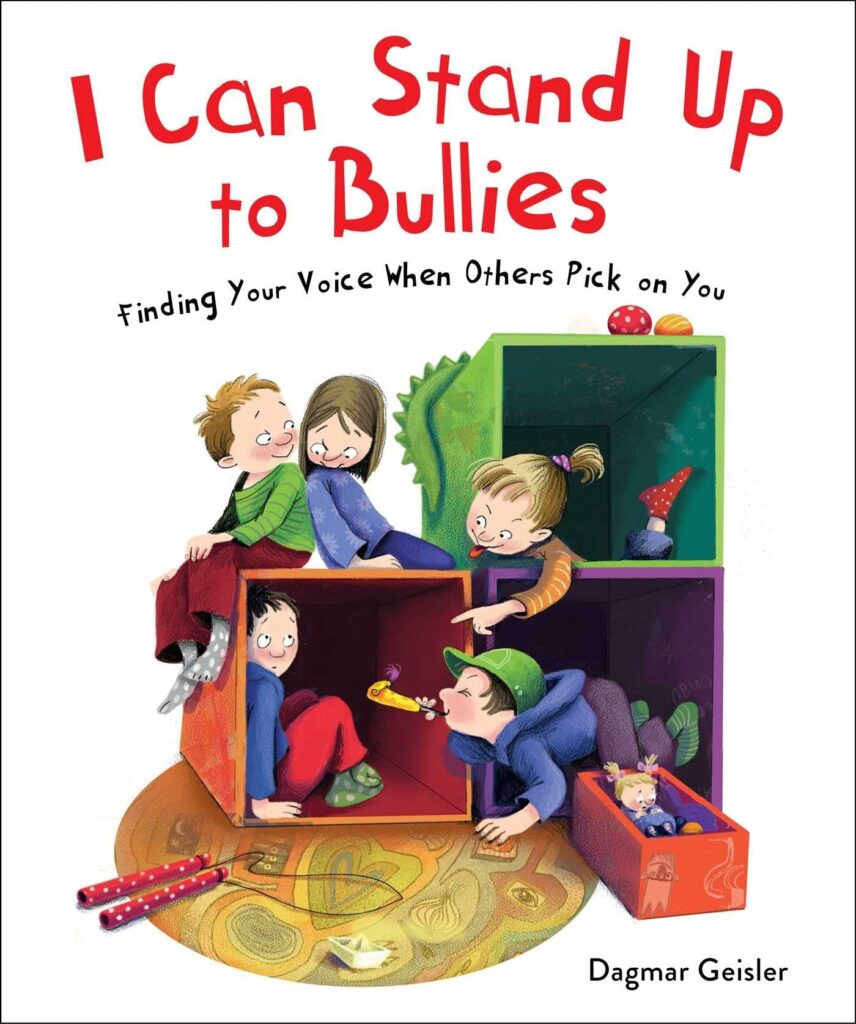
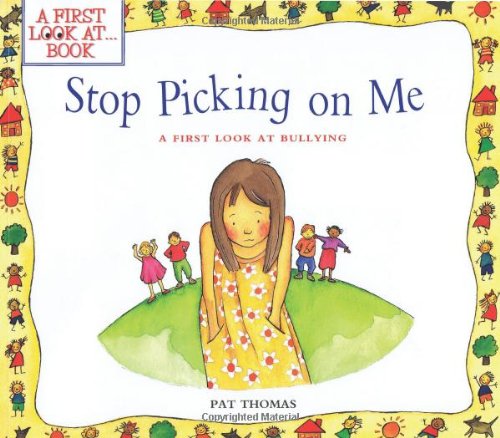

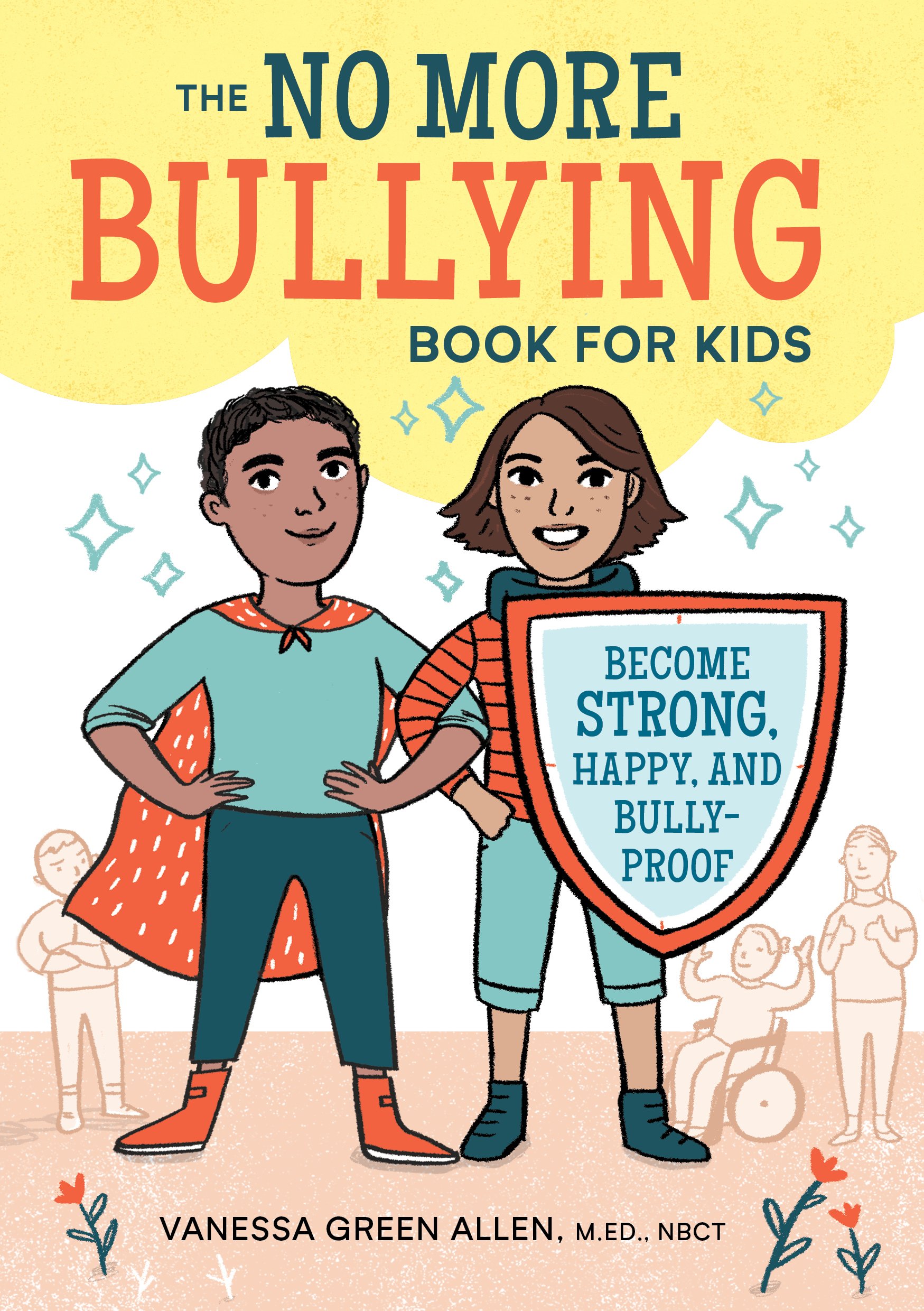
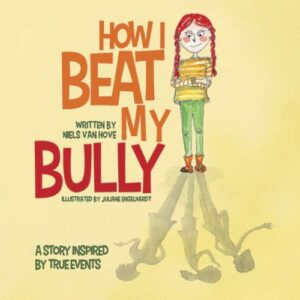

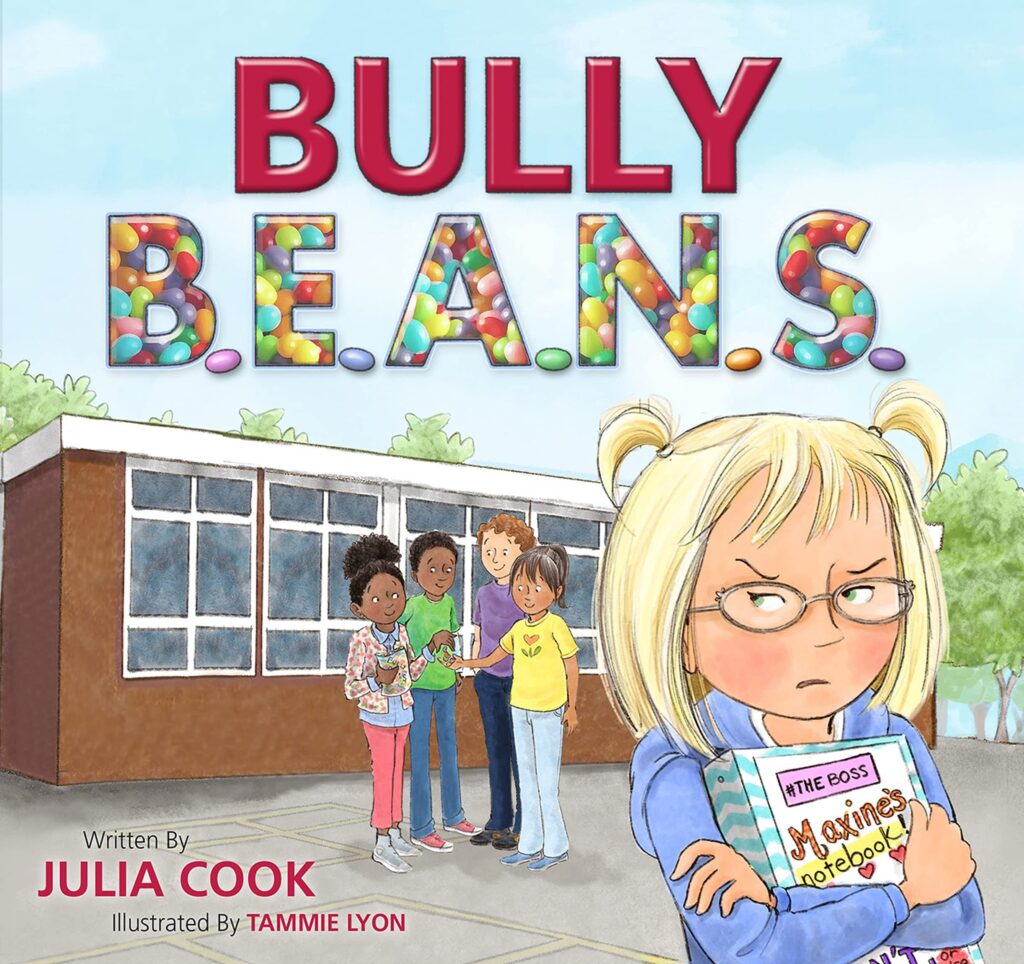





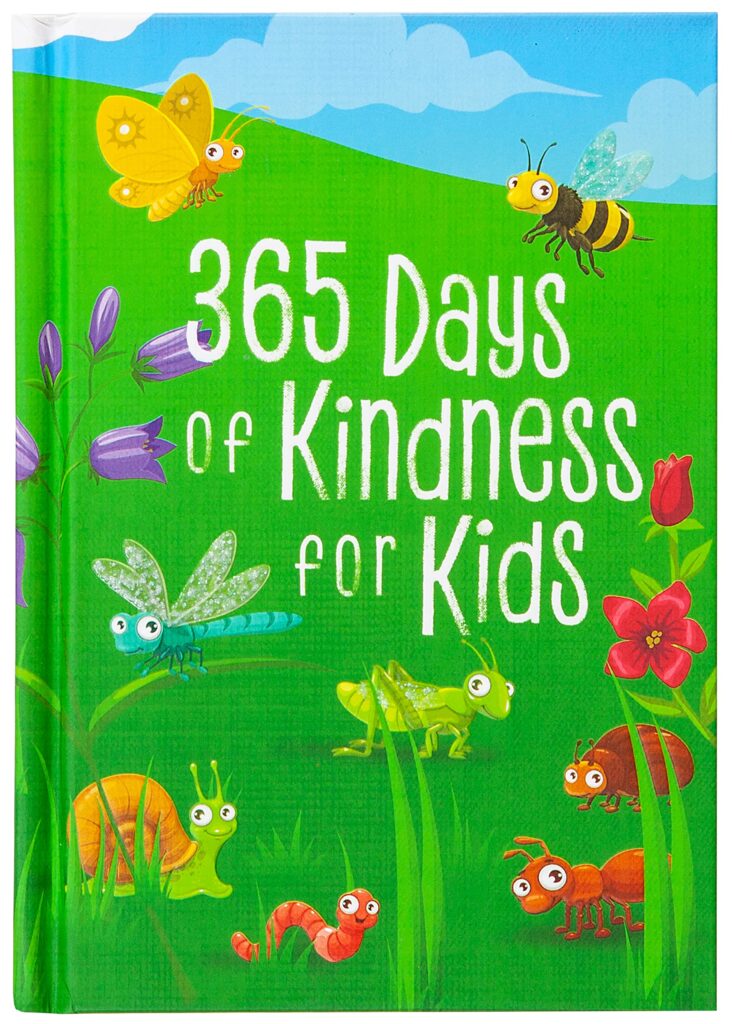

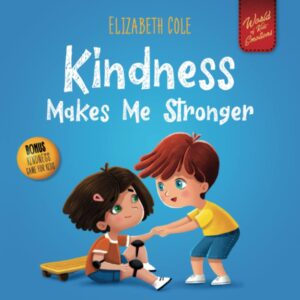
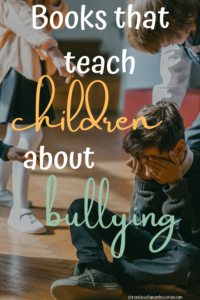



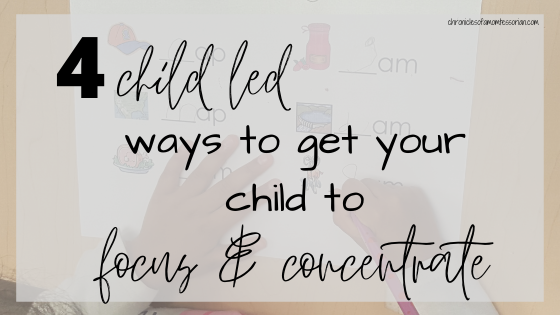
Love that you provided book recommendations to help children learn about bullying. I want to teach my daughter to stand up to bullying whenever she sees it happen, and not to do what the majority sadly does: just stand by. It’s wrong and it needs to be publicly shown that it is! I always spoke up when I saw it through school and it helped me become a much stronger person with a great group of friends from all circles!
Thank you, your blog post is very timely. As an expat mom living in Japan, I am always worried that my daughter might get bullied in school. So far, she’s doing fine and loves her school. But still, I am constantly asking her about her day and checking her relationship with her friends in class. These books are very helpful and I will try to purchase some of them. 🙂
So many good books listed here! I have a few that I have been reading to my grand son.
Every parent should be reading these books to their kids. It’s so important to make sure they understand what bullying is and how badly it can hurt.
These books are so important to read for every parent and child.